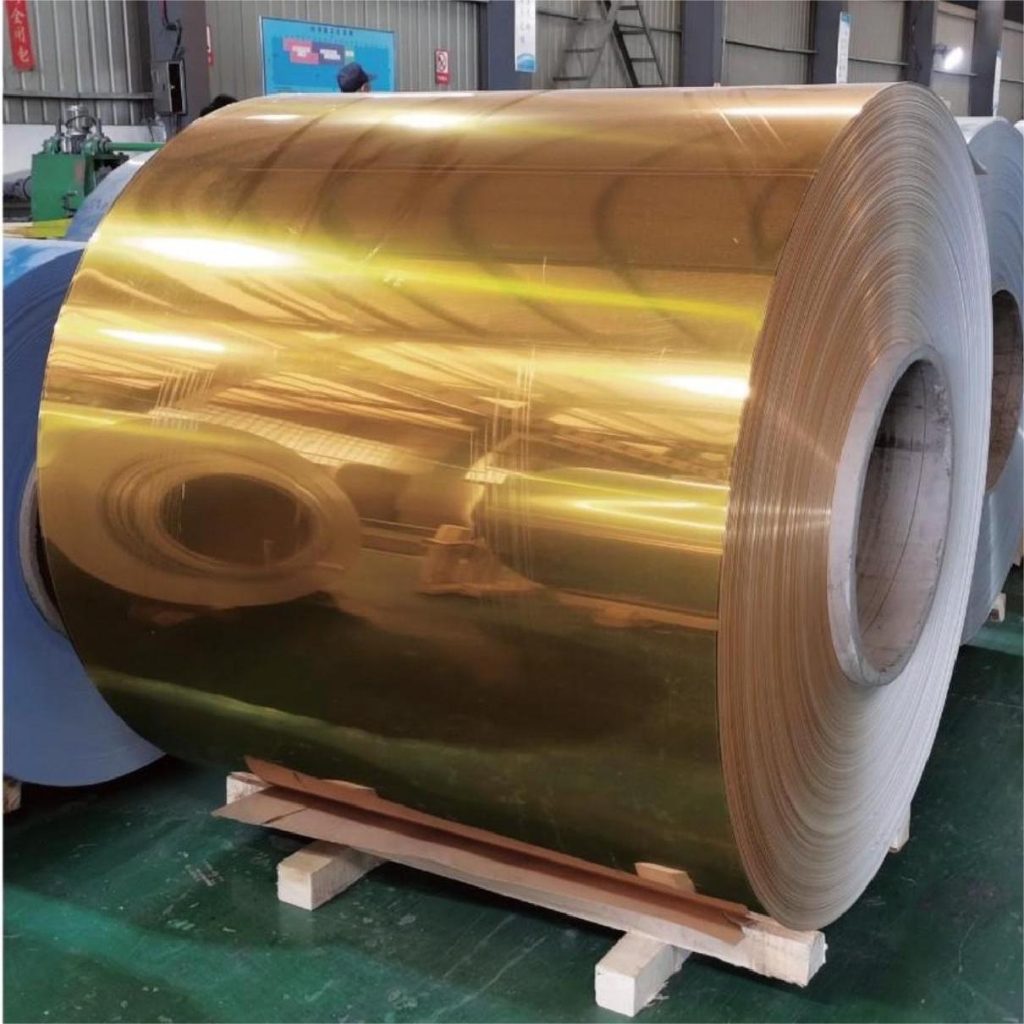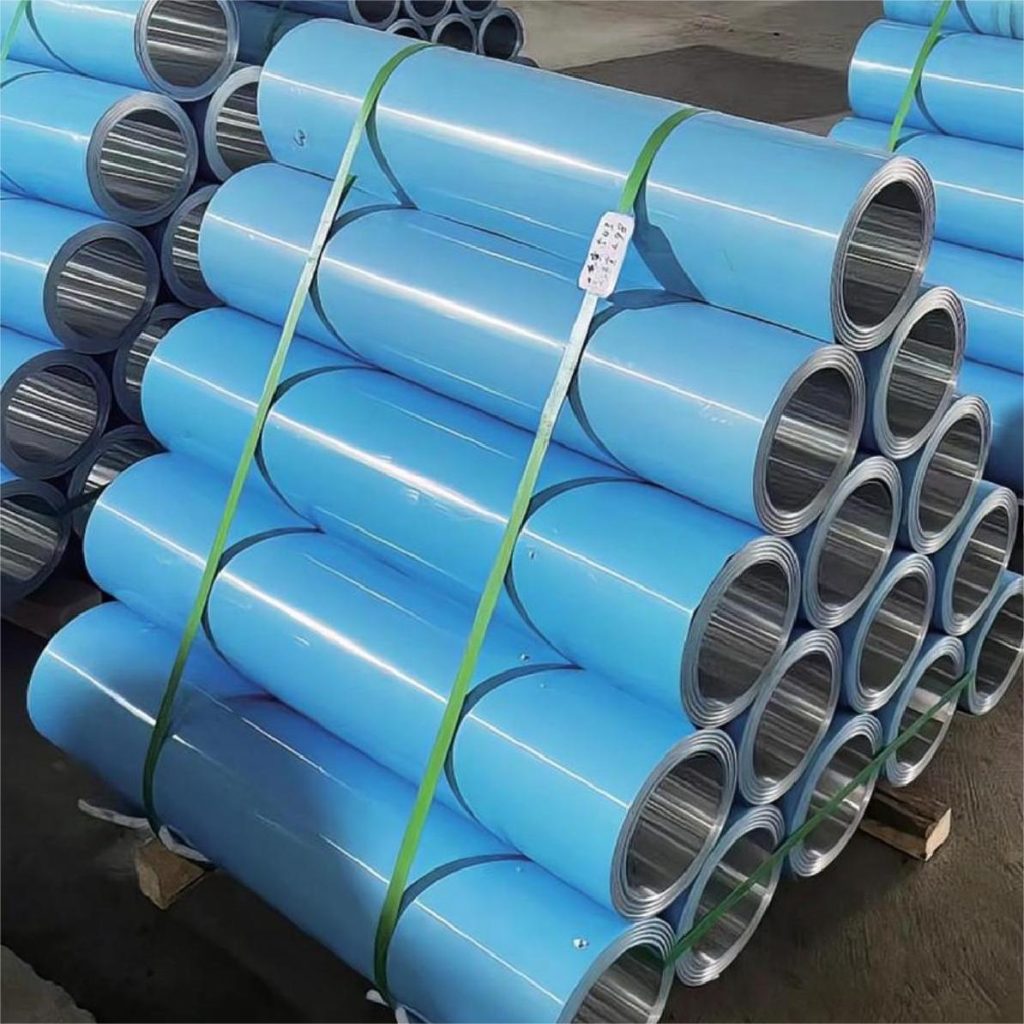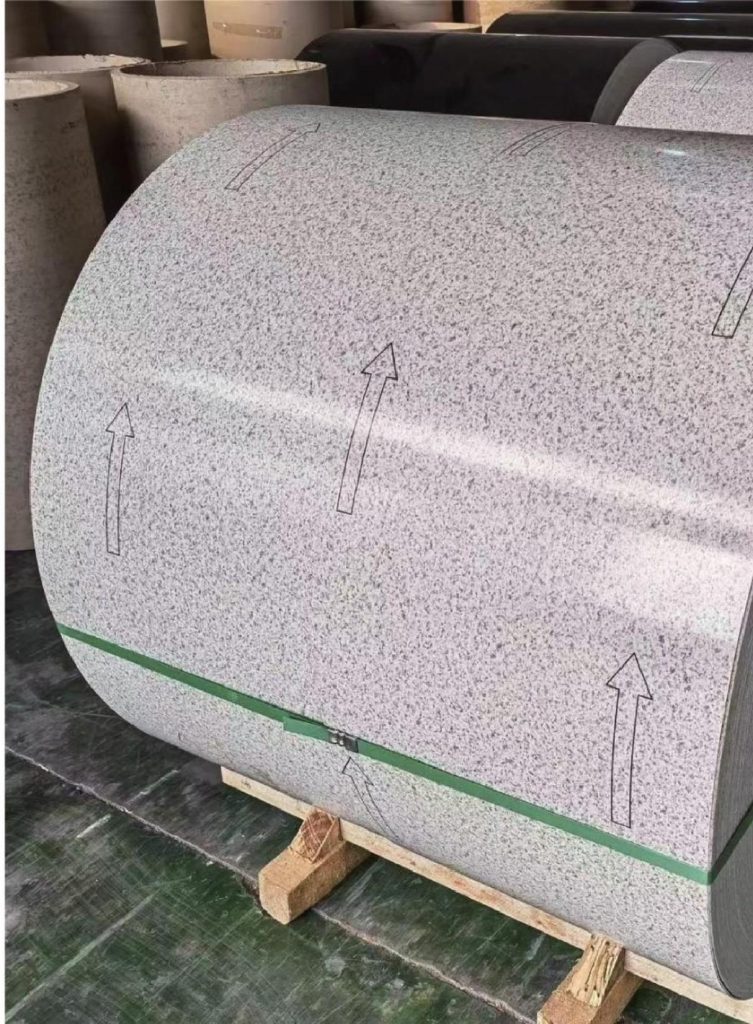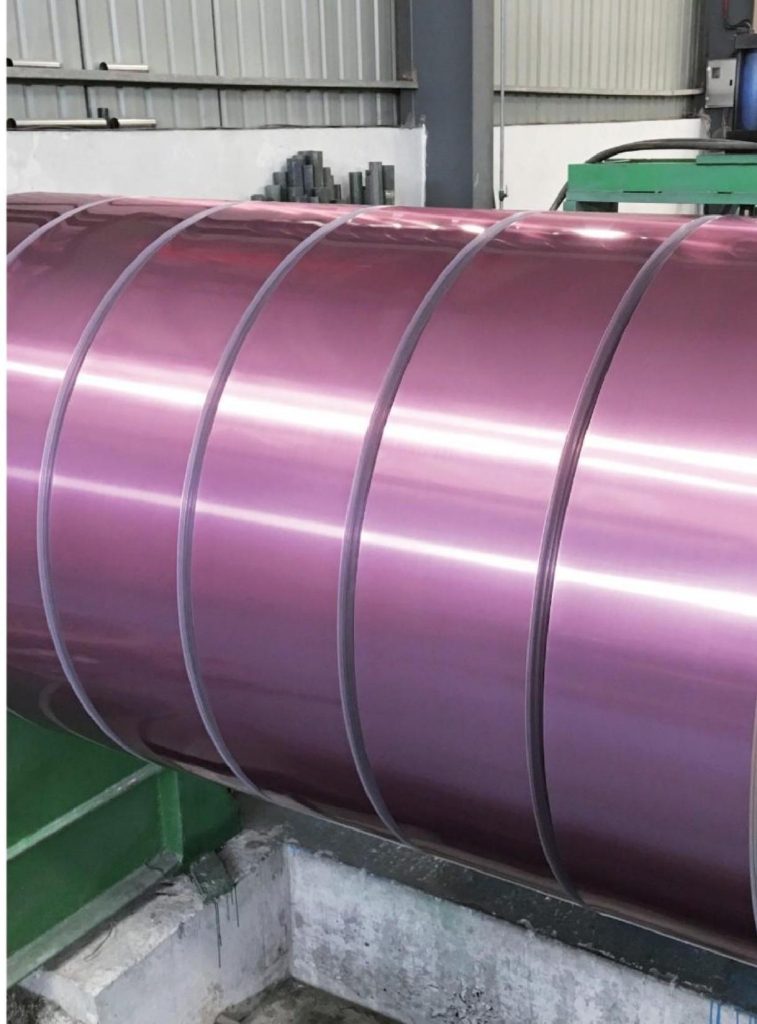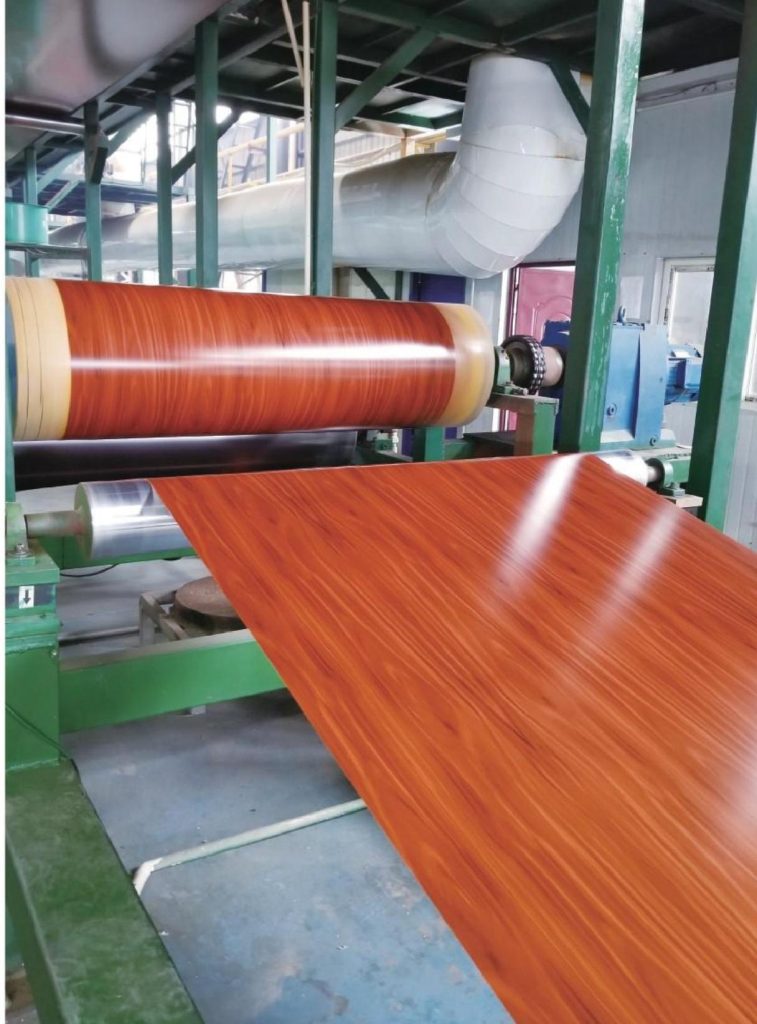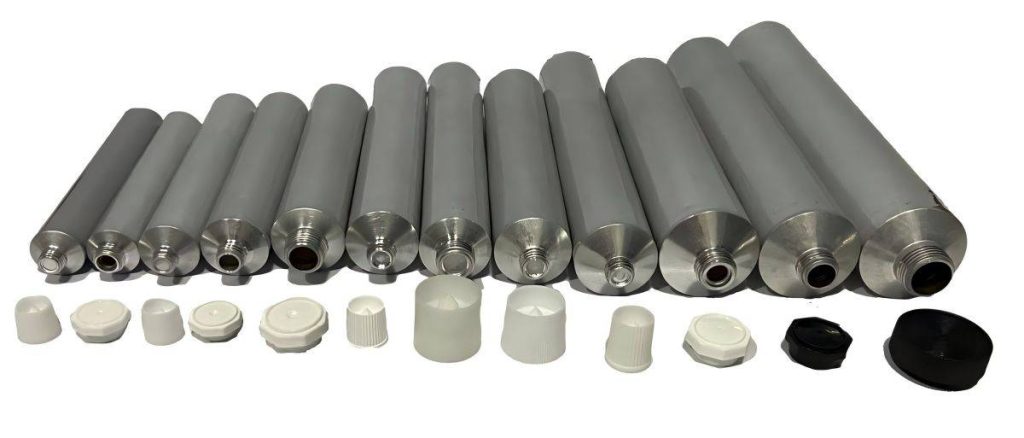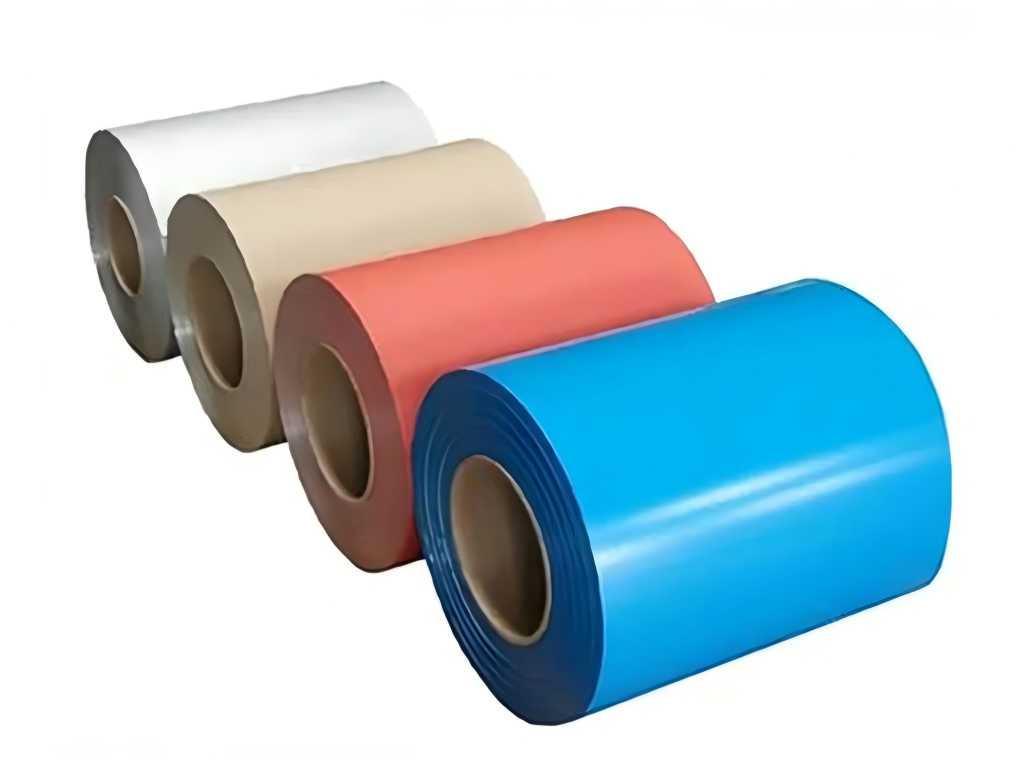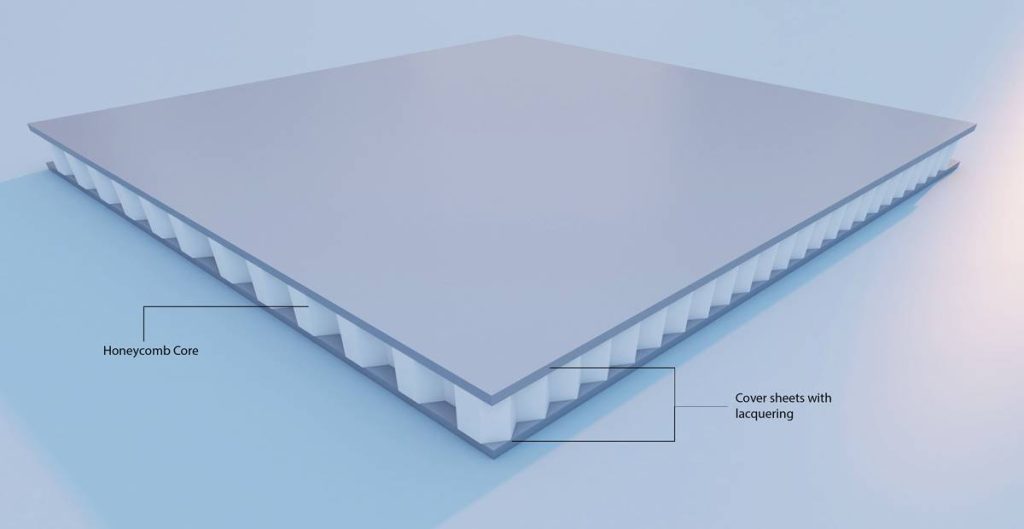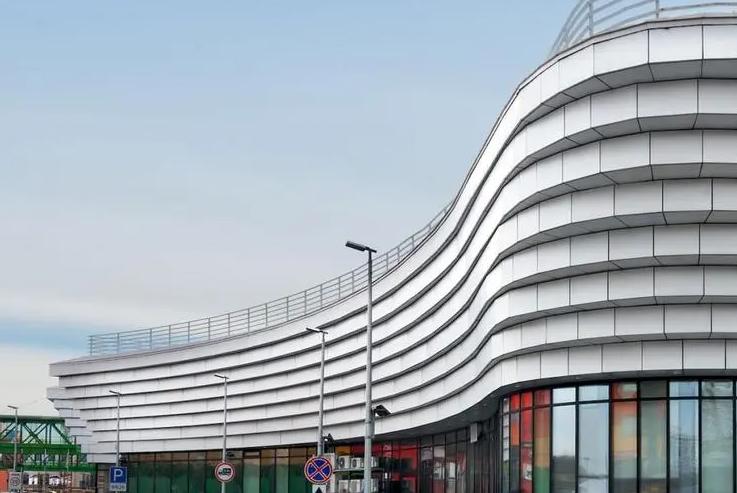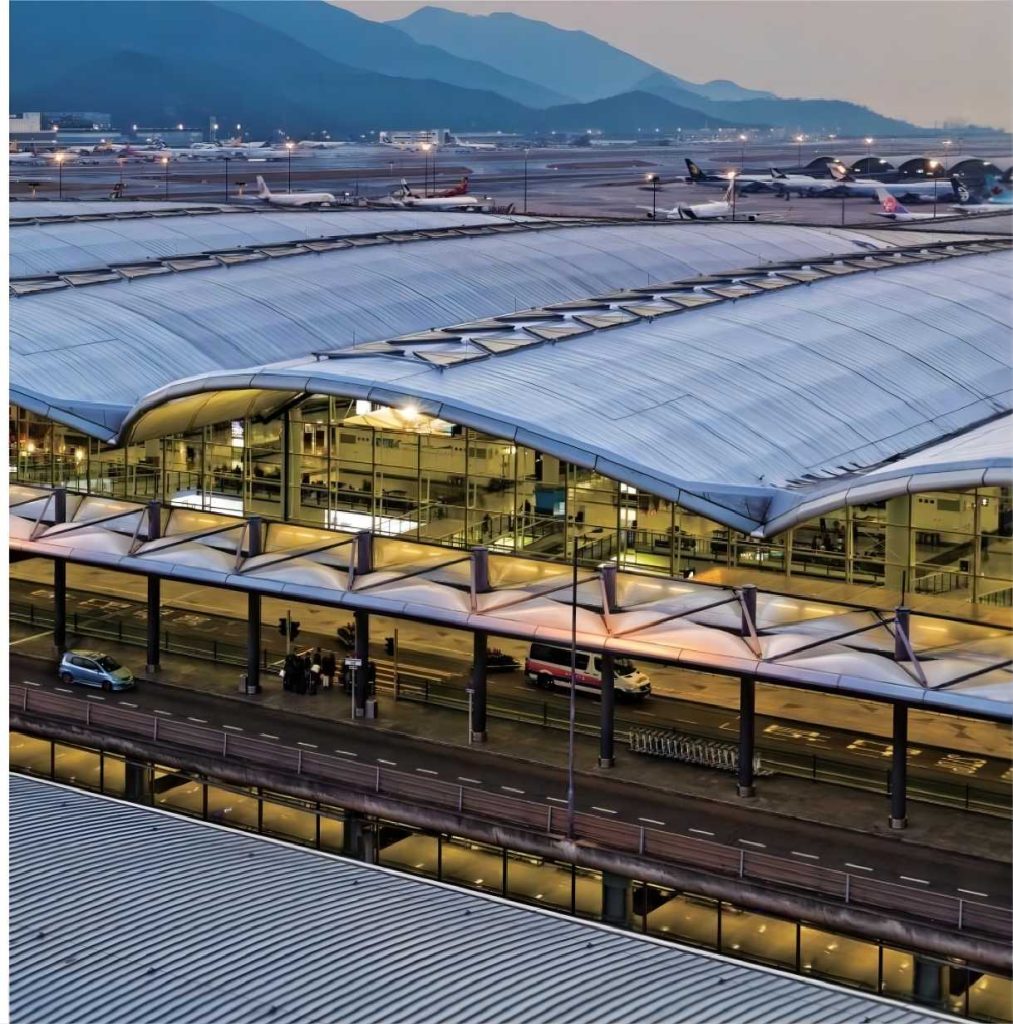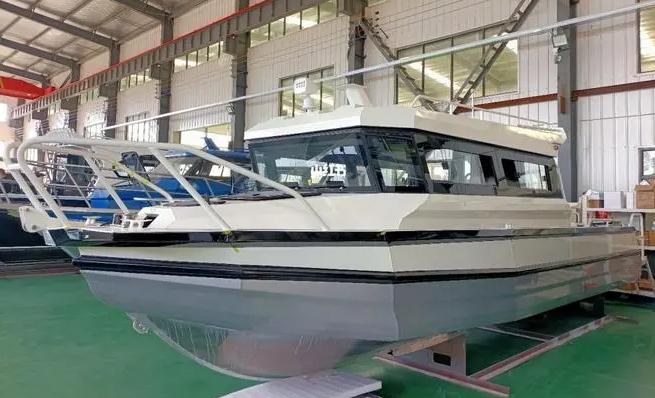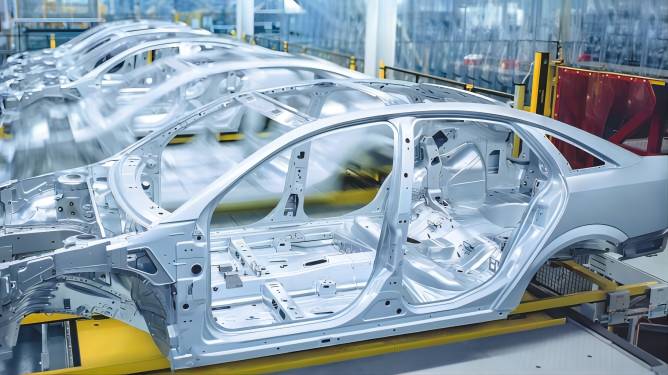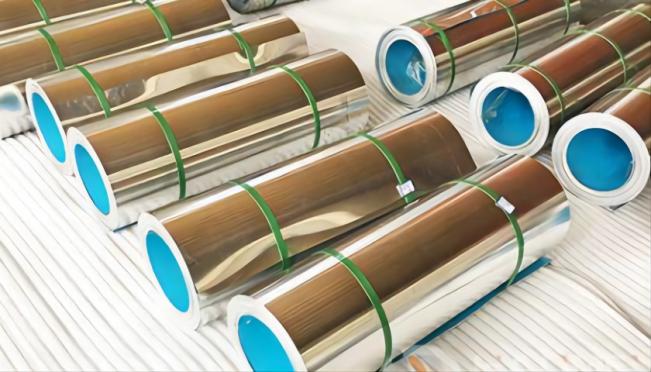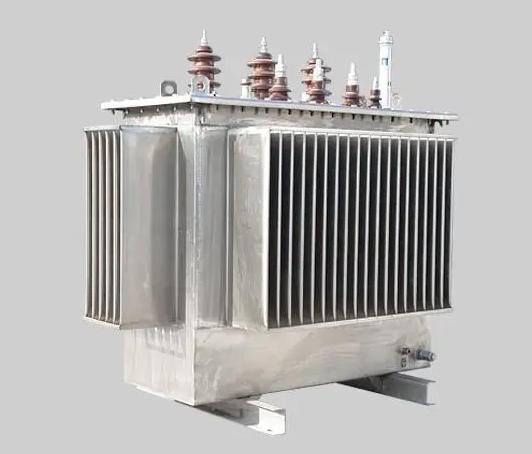In the realm of modern architecture, where aesthetics and functionality converge, the choice of materials plays a pivotal role in defining the visual appeal and structural integrity of buildings. One such material that has gained widespread acclaim for its versatility and transformative qualities is the color-coated aluminum coil. This innovative solution has not only revolutionized the way buildings are designed but has also set new standards for durability and sustainability.

What are the Advantages of Color Coated Aluminum Coil in Architectural?
A Material with Exceptional Aesthetic Versatility
Color coated aluminum coils are a triumph of technology and design, offering architects and designers a vast spectrum of colors to work with. The range is not limited to traditional hues; it extends to metallic finishes, bold shades, and subtle pastels. This versatility empowers creative minds to turn architectural visions into reality, providing the flexibility to match or contrast with surrounding elements, landscapes, or brand identities.
Durability and Weather Resistance
At the heart of color-coated aluminum coil technology is a sophisticated process that goes beyond mere aesthetics. The coils undergo a meticulous coating procedure, ensuring a uniform layer of color that not only enhances the visual appeal but also provides a protective barrier against UV rays, extreme temperatures, and corrosion, ensuring long-lasting beauty and performance. Unlike traditional materials like wood or paint, Color coated aluminum coils retain their color and integrity over time, minimizing maintenance costs and extending the lifespan of the building structure.
Sustainability and Environmental Benefits
In an era where sustainability is a paramount concern, color-coated aluminum coils are considered an environmentally friendly choice due to their high recyclability and low energy consumption during manufacturing. The coating process is designed to minimize volatile organic compound (VOC) emissions, contributing to improved indoor air quality. Additionally, CCACs reflect sunlight, reducing heat absorption and lowering energy costs for cooling. By choosing this material, architects contribute to the reduction of environmental impact while still achieving striking visual results.
What are the Types of Color Coated Aluminum Coil used in Architectural?
Color coated aluminum coil is a versatile and widely used material in the architectural industry, offering a combination of aesthetics, durability, and performance. Here are some of the common types of color coated aluminum coil used in architectural applications:
- Fluorocarbon (PVDF) Coated Aluminum Coil: Fluorocarbon coatings are known for their exceptional durability, weather resistance, and color retention. They are often preferred for exterior applications where long-lasting performance is crucial, such as roofing, cladding panels, and curtain walls. PVDF coatings typically feature a high gloss finish and are available in a wide range of colors.
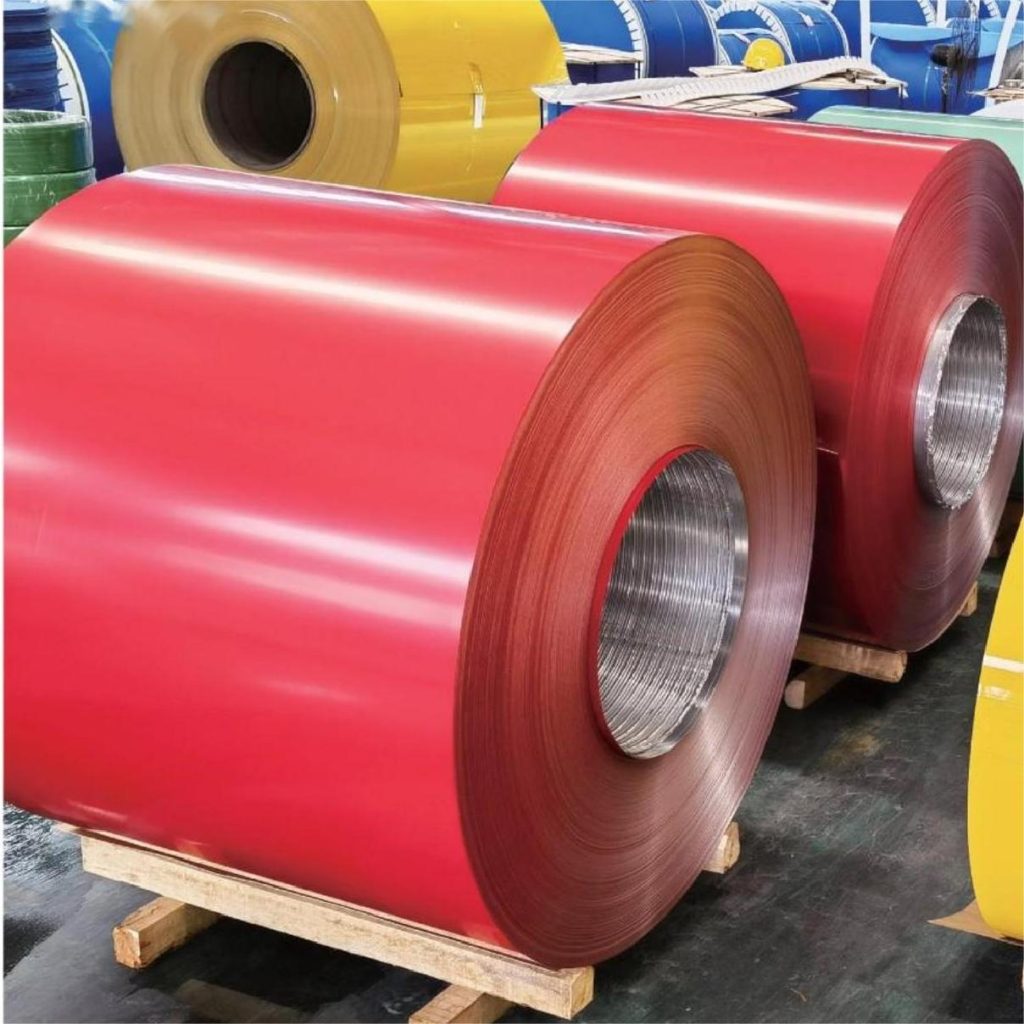
- Polyester (PE) Coated Aluminum Coil: Polyester coatings are a cost-effective option that provides good weather resistance and color retention. They are commonly used for interior applications, such as ceiling panels, wall panels, and partitions. Polyester coatings offer a variety of gloss levels, from matte to high gloss, and are available in a wide range of colors.
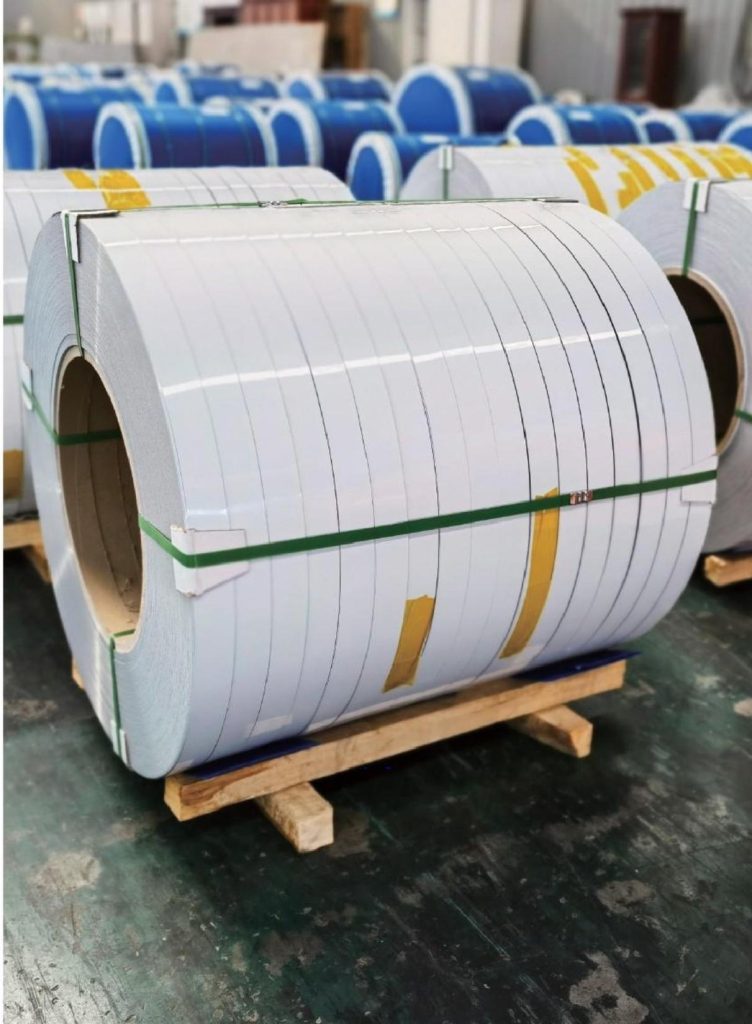
- Polyurethane (PU) Coated Aluminum Coil: Polyurethane coatings offer a balance of durability, weather resistance, and flexibility. They are often used for applications that require both aesthetics and formability, such as soffits, fascia boards, and rain gutters. PU coatings typically have a moderate gloss finish and are available in a range of colors.
- Anodized Aluminum Coil: Anodizing is an electrochemical process that creates a hard, protective oxide layer on the surface of aluminum. Anodized aluminum is highly corrosion-resistant and offers a durable, matte finish. It is often used for architectural accents, trim, and decorative elements.
- Specialty Coatings: In addition to standard coatings, there are also specialized color coated aluminum coils designed for specific applications. These include:
- Anti-graffiti coatings: These coatings are designed to resist graffiti and vandalism, making them suitable for high-traffic areas.
- Antimicrobial coatings: These coatings inhibit the growth of bacteria and mold, making them ideal for healthcare and food processing facilities.
- Fire-retardant coatings: These coatings provide fire resistance, making them essential for safety applications in buildings.
The choice of color coated aluminum coil for an architectural application depends on various factors, including the desired aesthetics, performance requirements, budget, and environmental considerations. Architects and designers carefully evaluate these factors to select the most appropriate material for each project.
Conclusion
In conclusion, the versatility and aesthetic appeal of color-coated aluminum coils make them a standout choice for architectural designs. As we have explored, these coils offer a wide range of benefits, including durability, weather resistance, and a plethora of color options. Architects and designers can leverage the flexibility of color-coated aluminum coils to bring their creative visions to life while ensuring long-lasting and low-maintenance solutions for their projects.
In addition, collaboration with a reputable color-coated aluminum coil manufacturer is crucial in achieving optimal results. Choosing the right manufacturer ensures that the coils meet the highest standards in terms of quality, color consistency, and performance. With the advancements in manufacturing technologies, today’s color-coated aluminum coil manufacturers can tailor products to suit specific project requirements, providing architects and designers with a customizable palette to work with.
As the demand for sustainable and visually appealing architectural solutions continues to rise, color-coated aluminum coils stand as a reliable and eco-friendly choice. Architects, builders, and developers can confidently incorporate this versatile material into their designs, knowing that they are not only enhancing the aesthetic value of their projects but also contributing to a more sustainable and resilient built environment. In the realm of architectural designs, color-coated aluminum coils truly prove themselves as both a practical and artistic solution, with their transformative ability to turn visions into reality.

